Cursor Communication
Research and Development
With the rise of remote work, digital collaboration tools have become essential, yet most rely heavily on verbal communication. This project investigates how visual cues, specifically cursor movements, can enhance coordination in digital spaces like Miro boards. Through interviews, experiments, and iterative prototyping, the study examined how people naturally interpret cursor behavior and whether it can replicate elements of physical presence.
Early experiments revealed that users already use subtle cursor motions to express intent or confusion, leading to the development of a structured communication protocol based on movement patterns. The final prototype emerged from a combination of user-centered design and material experimentation, ensuring that the system felt intuitive while offering a practical alternative to traditional messaging.
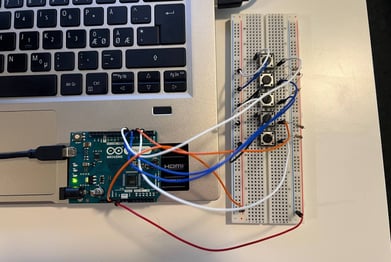

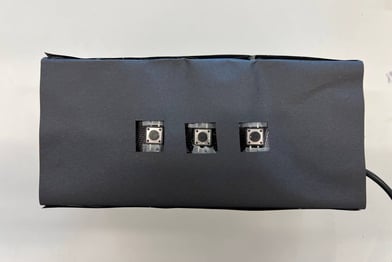

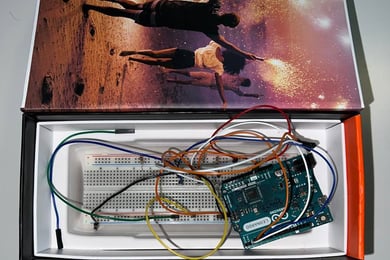

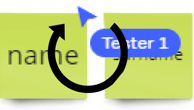

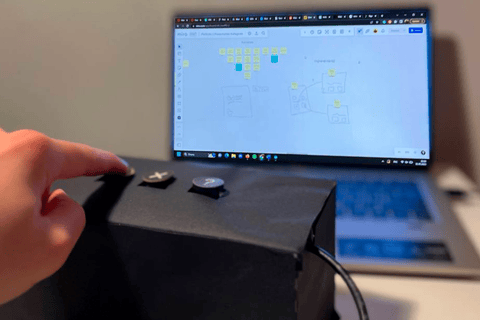

Prototype Description
The final prototype is a physical interface that automates cursor movements to communicate predefined messages on a Miro board. Built using an Arduino-powered input device, the system allows users to send signals like agreement, disagreement, or confusion with a single button press. Instead of relying on spontaneous gestures, the tool standardizes cursor-based interaction into a structured "sign language" for digital collaboration. Users press buttons to trigger distinct, recognizable cursor motions, ensuring consistent and efficient communication in scenarios where verbal interaction isn’t ideal. By bridging the gap between physical gestures and digital embodiment, this project offers a novel approach to enhancing presence and coordination in remote workspaces.
